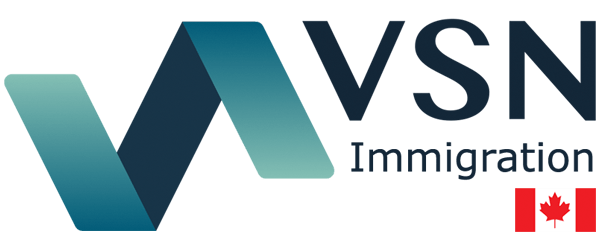Saskatchewan invited 54 entrepreneurs in the third invitation round of the Entrepreneur Program for 2022
On May 5, 2022, the Saskatchewan Immigrant Nominee Program (SINP) conducted the third invitation round in the Entrepreneur Program 2022. In this round, SINP invited 54 candidates. The Highest Expression of Interest (EOI) score for this round was 130 points. The average score was 110 points. The lowest score was 90, and those applicants were invited to apply only if they scored a CLB level of 4 or higher in English or French. In 2022, Saskatchewan has already invited 163 entrepreneurs.
#Saskatchewan, #SINP, #Entrepreneurs, #business_immigration
The Government has extended the list of accepted vaccines
On April 25, 2022, the Government of Canada extended the list of accepted vaccines. According to the new update, Canada will allow travellers to enter Canada who was fully vaccinated with Medicago’s plant-based Covifenz vaccine. With the addition of the Covifenz vaccine, the Government of Canada considers travellers as fully vaccinated against the COVID-19 with one of nine vaccines: AstraZeneca’s COVISHIELD, Bharat Biotech’s Covaxin, Janssen/Johnson & Johnson, Moderna’s Spikevax, Novavax’s Nuvaxovid, Pfizer-BioNTech’s Comirnaty, Sinopharm’s BIBP, Sinovac’s CoronaVac, and Medicago’s Covifenz.
#COVID_19, #vaccination, #Vaccines, #travel_restrictions, #Covifenz
Saskatchewan wants to accept more immigrants to increase the population in the province
Saskatchewan is aiming to become the preferred destination for immigrants to Canada from across the world. The province wants to prepare a new piece of legislation, allowing to increase the population to 1.4 million by 2030. The population of the province is now about 1.18 million people. That implies Saskatchewan plans to add an additional 220,000 individuals to its population by 2030, or roughly 18.7 per cent more than it has today. The province has unveiled its Labour Mobility and Fair Registration Practices Act in recent weeks to assist it to meet its target of attracting 100,000 new immigrants by 2030.
#Saskatchewan, #population_growth
British Columbia, Quebec, and Yukon face a severe labour shortage
The latest job vacancy rates in Canada show that British Columbia, Quebec, and the Yukon Territory in northern Canada are the regions most affected by the labour shortages. According to the latest figures from Statistics Canada, in February, British Columbia’s job vacancy rate was 5.8 per cent, while in Quebec it was 5.6 per cent and Yukon’s share was relatively better at 5.4 per cent. Newfoundland and Labrador had the lowest job vacancy rates, with a rate of 2.9 per cent, while Nunavut had 3.1 per cent, and the Northwest Territories had a rate of 3.3 per cent. Nova Scotia and Saskatchewan’s job vacancy rate was 3.7 per cent.
#Labour_shortages, #BC, #Quebec, #Yukon, #Statistics_Canada
